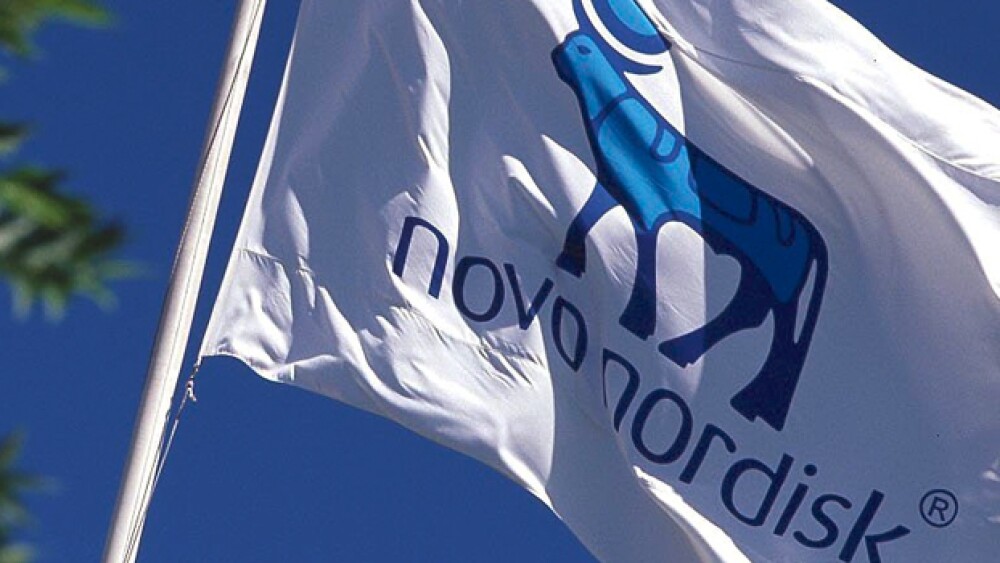Danish company Novo Nordisk is reportedly considering cost-cutting plans that would cut up to 3,000 jobs.
Danish company Novo Nordisk is reportedly considering cost-cutting plans that would cut up to 3,000 jobs.
Originally reported in the Danish publication Borsen, Novo Nordisk’s management and board of directors in the U.S. will have a strategic meeting sometime in June to consider a cost-cutting plan. Sources indicate that long-term financial targets will be reduced because of an unpredictable market. The cost-cutting plan is expected to be announced in August during the company’s second-quarter financial report.
Novo Nordisk’s primary focus is on the diabetes market, which has taken a particularly tough hit in the U.S. on drug prices. The company believes that new government policies would force 2019 sales to drop by one to two percent, although the company’s five-year forecast for operating growth is still five percent.
“The negative element is the report on the long-term financial target, because if true that would mean something has changed since May,” said Soren Lontoft Hansen, an analyst with Sydbank, Reuters reports.
Novo Nordisk staffs more than 42,000 people in 79 countries. In 2016, it cut 1,000 jobs because of competition and downward pricing pressures by pharmacy benefit managers (PBMs).
Martin Parkhoi, an analyst at Danske Bank is quoted by Borsen as saying he believes Novo Nordisk will make efforts to avoid cuts because of negative media attention. He also points out that although it comes as a surprise, staffers would have a year to prepare for the cuts.
The company recently announced results from its second Phase IIIa clinical PIONEER 2 trial. The trial evaluated semaglutide, an oral GLP-1 analogue, compared to Boehringer Ingelheim and Eli Lilly’s Jardiance (empagliflozin) in type 2 diabetes patients. The trial showed that semaglutide had a statistically significant and superior improvement in HbA1C compared to Jardiance at 26 weeks. However, the difference in weight loss at 26 weeks was not statistically significant in one data analysis method, while it was in another.
Although that sounds like good news, investors appeared to focus on the weight loss aspect of the trial. Novo Nordisk’s shares have been down about 16 percent since their high in January, and shares dropped about another 1.2 percent after the news.
The company hopes to launch the drug in 2020. There are eight more clinical trials ongoing. So far, all GLP-1 analogs have been injections, and Novo Nordisk’s semaglutide would seem to have a competitive advantage because it can be taken orally.
Christiana Friedman, writing for Seeking Alpha, however, notes that, “Direct comparison though is slightly misleading because the two drugs have vastly different mechanisms of action. Oral semaglutide activates beta cells in the pancreas to secrete insulin, whereas Jardiance prevents the kidneys from reabsorbing glucose. So, while the two drugs will likely be considered head-to-head before daily injections of diabetes therapies are considered, there is no reason why patients can’t be on both at the same time.”
Friedman’s analysis also points out that Jardiance may still have an advantage because the semaglutide formulation dosage is much higher than for Novo’s own branded Ozempic injectable semaglutide. Which suggests the oral semaglutide could cost as much as 28 times Ozempic given at the 14mg dose. “There are many more factors at play here that will make the end numbers different, but for now, suffice it to say that oral semaglutide will probably be much more expensive. Exactly how much more is hard to say. If Novo wants oral semaglutide to actually sell, it is going to have to price it at a significant discount per unit of semaglutide to Ozempic.”
Her bottom-line analysis is that the oral semaglutide isn’t an obvious win for Novo Nordisk, but it isn’t a loss for Boehringer and Eli Lilly, either. Much of it is going to come down to drug pricing and manufacturing costs, which is likely why Novo Nordisk is taking a hard look at its operational costs and possible layoffs in the next month or two.





